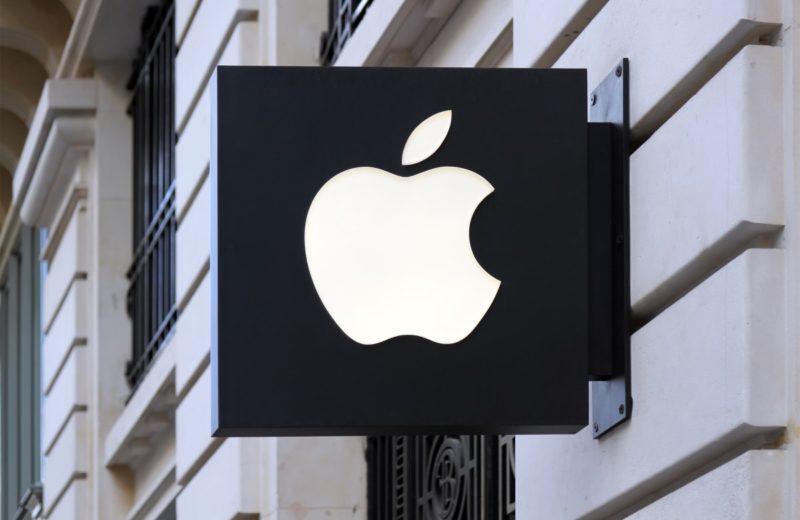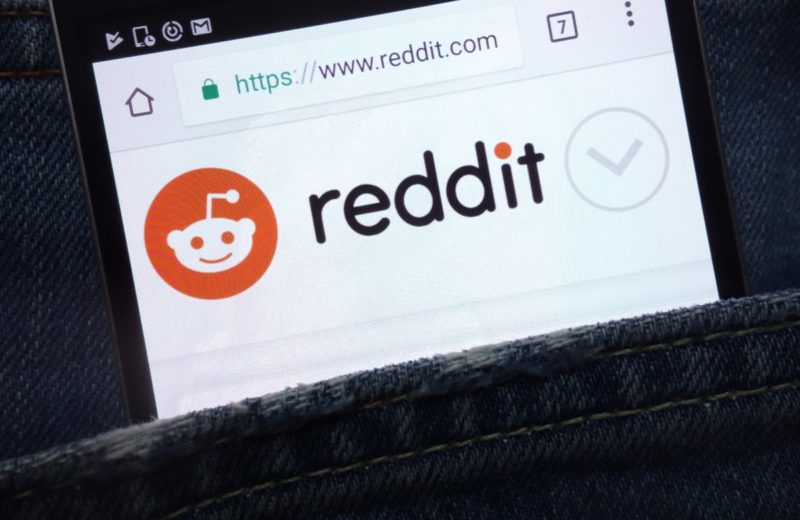For figuring out the best way to fast charging, machine learning helps test hardware.
Batteries are tending to involve a lot of trade-offs. You can have a high capacity, but it means a slower charge and more weight. Or another option is to quickly charge and see the lifetime of your battery dropping with each cycle. There are many ways for optimizing the performance, but that is varying from product to product and requires extensive testing to identify. You must figure out the fastest charging you can do without cutting into battery life.
Thanks to a new system described in the journal Nature, perhaps that testing won’t be so extensive. The system is using a combination of Bayesian inference and a combination of machine learning to rapidly zero in on the optimal recovering pattern for any battery. It cuts the amount of testing needed down considerably.
Fast charging is beneficial for everything, from phones to cars. Nevertheless, when a battery is subjected to fast recovering, it doesn’t store its ions quite as efficiently. In this case, the overall capacity goes down, and there is potential for permanent damage. It is because of the lithium ending up precipitating out and becoming unavailable for future use.
Nevertheless, there are many ways to alter the charging profile for avoiding this issue. For example, it is possible to start charging slowly and deriving some ordered lithium storage. And then switch for speedy charging that builds on these before slowing the charge rate again for packing the last bit of lithium efficiently. To manage a charging process that is designed for optimizing speed against battery performance, modern chargers have enough processing power.
Charging of the Battery
The batteries from all over the world can see performance dropping over time. Nevertheless, the right profile will minimize the drop.

The problem identifies the right charging profile. Empirical tests are the only way to find it: for example, you can run a bunch of batteries through a lot of charge/discharge cycles and then monitor how their performance changes over time. There are a bunch of potential recovering profiles, and the performance decay is very gradual. The process will end up requiring hundreds of batteries needed to be sent through enough charge/discharge cycles, taking them near their end-of-life-point. The profile will be different for each battery type, which makes matters worse. Thus, to learn what sort of charging works well for your cell phone won’t necessarily tell us how to recover a phone from a different manufacturer.
Done by a massive collaboration, the new work attempted to cut down the time involved in testing a given battery.
The setup which researchers use is involving standard battery-testing hardware. It requires them to send multiple batteries through repeated charge/discharge cycles at the same time. Nevertheless, most of the action is taking place in software.
A BO (Bayesian Optimizer) is one of the key software components. The Bayesian Optimizer balances the two competing interests: to find the best charging profile will mean testing as many patterns as possible. Another competing interest is the best profile will most likely be somewhere near one you have already identified as being good.
















